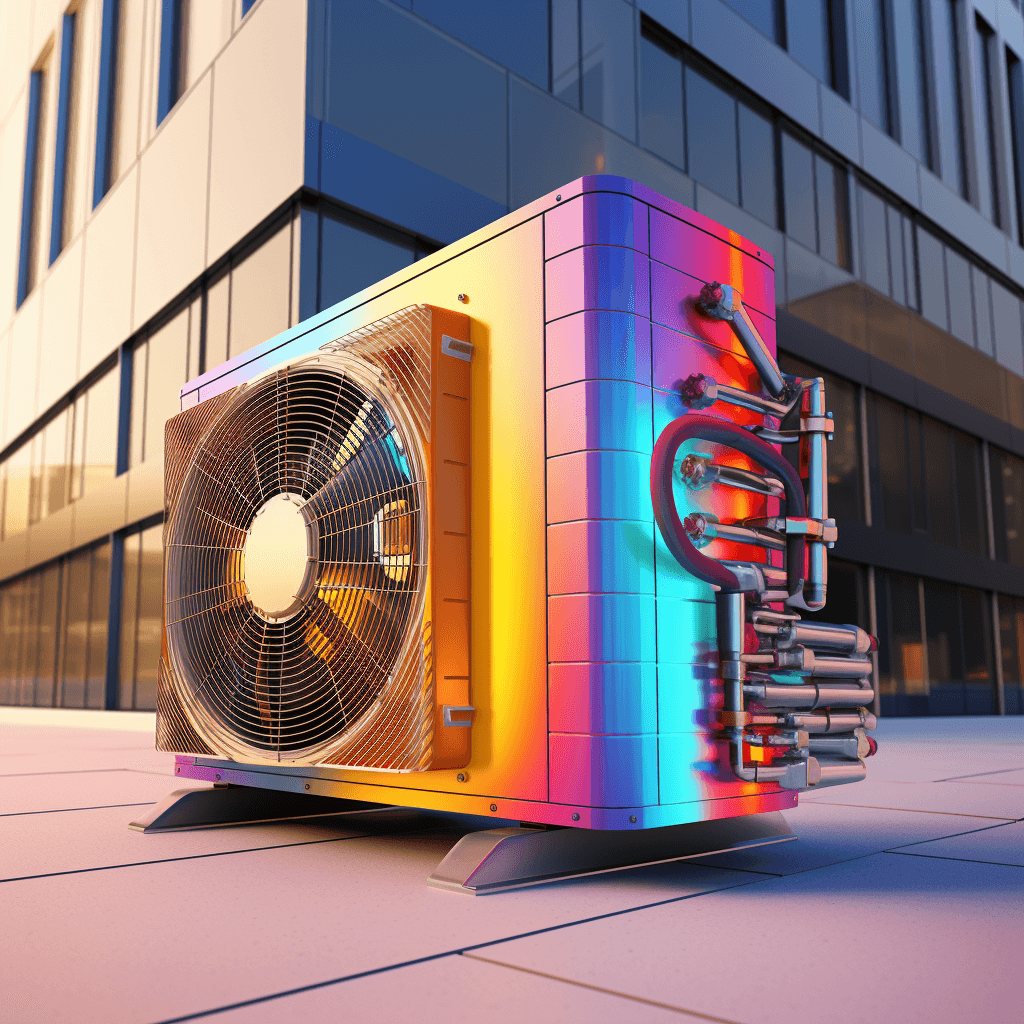The Pinnacle of Energy Efficiency: Commercial Packaged Systems
In the ever-evolving world of HVAC systems, there's a constant quest for higher efficiency, reduced energy consumption, and sustainable solutions. As businesses aim to reduce their carbon footprint and save on energy costs, the spotlight often shines on commercial packaged systems. But just how energy-efficient are these systems? Let's embark on a journey with AirGreen to uncover the truth.
Understanding Commercial Packaged Systems
Before diving into the nitty-gritty of energy efficiency, it's crucial to grasp what commercial packaged systems are. Unlike traditional split systems that have separate indoor and outdoor units, commercial packaged systems combine all components into a single outdoor unit. This all-in-one approach not only simplifies installation but also optimizes performance.
Key Features:
-
Compact Design: By housing all components in one unit, these systems save space, making them ideal for commercial establishments with limited room.
-
Ease of Maintenance: With everything in one place, diagnosing and repairing becomes a streamlined process.
-
Versatility: These systems can handle both heating and cooling, making them a two-in-one solution for varying climate needs.
The Green Aspect: Energy Efficiency Metrics
The primary allure of commercial packaged systems lies in their energy efficiency. But what does "energy efficient" truly mean in this context?
-
SEER (Seasonal Energy Efficiency Ratio): This metric gauges the cooling efficiency of the system. A higher SEER rating indicates better efficiency. Modern commercial packaged systems often boast SEER ratings that exceed industry standards, ensuring optimal cooling with minimal energy consumption.
-
AFUE (Annual Fuel Utilization Efficiency): For heating components, AFUE measures the system's efficiency. A system with a 90% AFUE rating converts 90% of its fuel into heat, with only 10% wasted. The latest commercial packaged systems come equipped with impressive AFUE ratings, ensuring maximum heat generation with minimal fuel wastage.
-
EER (Energy Efficiency Ratio): This metric evaluates the system's cooling efficiency at peak conditions. A higher EER rating signifies superior performance during those sweltering summer days.
Why Businesses Are Making the Switch
With the rising costs of energy and the global push towards sustainability, businesses are increasingly opting for commercial packaged systems. Here's why:
-
Cost Savings: Over time, the energy savings translate into significant monetary benefits. Reduced energy bills mean a healthier bottom line for businesses.
-
Eco-Friendly: A reduced carbon footprint is not just good for the planet; it's also becoming a selling point for eco-conscious customers.
-
Consistent Performance: These systems offer consistent heating and cooling, ensuring a comfortable environment for both employees and customers.
AirGreen's Commitment to Excellence
At AirGreen, we pride ourselves on offering top-tier HVAC solutions tailored to our clients' needs. Whether you're considering a switch to a commercial packaged system or seeking to upgrade your existing setup, our team of experts is here to guide you every step of the way. With a focus on energy efficiency, sustainability, and unmatched performance, we're dedicated to ensuring you make an informed decision that aligns with your business goals and values.
In Conclusion: The HVAC landscape is vast and varied. While commercial packaged systems offer a plethora of benefits, especially in terms of energy efficiency, the right choice always boils down to individual needs. Armed with knowledge and backed by experts like us at AirGreen, you're well on your way to making an enlightened decision.

